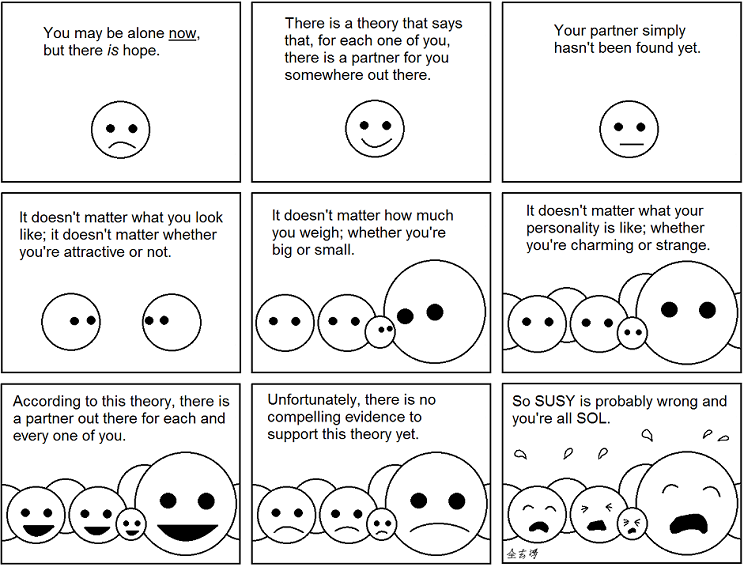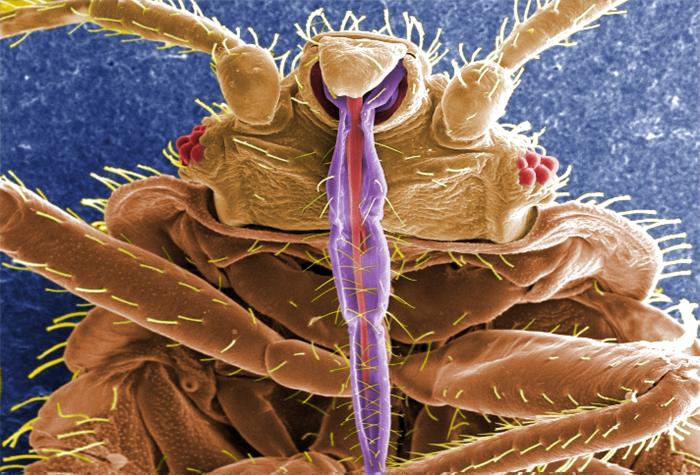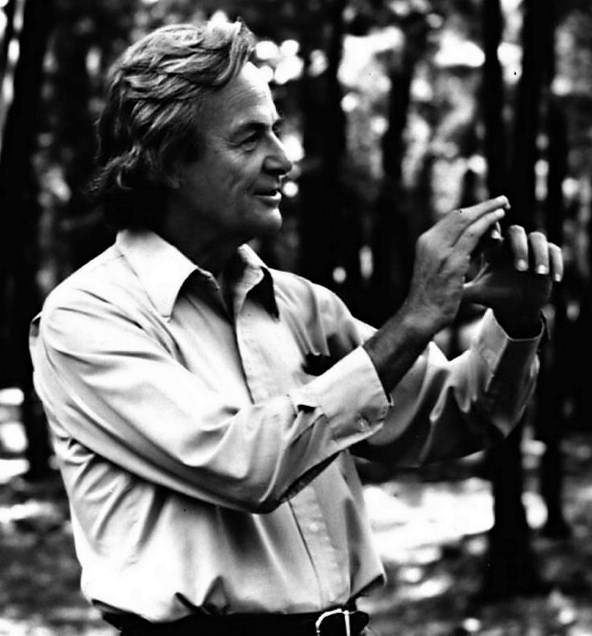 The opening scene paints a picture as bucolic as anything John Constable managed, albeit in broad, animated strokes. Green fields at morning, distant mountains, a small, loving farm family and the contented grunt of a well-cared-for pig set a tone of agrarian delight. But just 20 seconds into the short video and that porker is penned up. By the time Willie Nelson starts crooning a Coldplay tune at 0:33, we’re into the age of industrial agriculture, complete with a multi-tiered pork factory pumping out chemically enhanced cubes of pink piggie flesh.
The opening scene paints a picture as bucolic as anything John Constable managed, albeit in broad, animated strokes. Green fields at morning, distant mountains, a small, loving farm family and the contented grunt of a well-cared-for pig set a tone of agrarian delight. But just 20 seconds into the short video and that porker is penned up. By the time Willie Nelson starts crooning a Coldplay tune at 0:33, we’re into the age of industrial agriculture, complete with a multi-tiered pork factory pumping out chemically enhanced cubes of pink piggie flesh.
Well before a determined little animated farmer starts kicking over the enclosures and letting the livestock roam free again, I knew that I’d use this tasty bit of sustainable agriculture eco-propaganda as a discussion piece in my environmental communication class at Stanford. The capsule history of agriculture’s struggle with sustainability was nicely handled, but what really grabbed me was the design. The round, eraser-pink pigs, rotund, PlaySkoolish people and model railway backdrops evoke not just a comforting, idealized view of country living, but the innocence of childhood play, turned first foul, and then pure again. The history of agricultural development had become a morality play, all spooled out in a 2-minute stop action film.
Which NGO or advocacy group had come up with the cash and marketing savvy to produce such a sophisticated little emotion-booster, I wondered?






